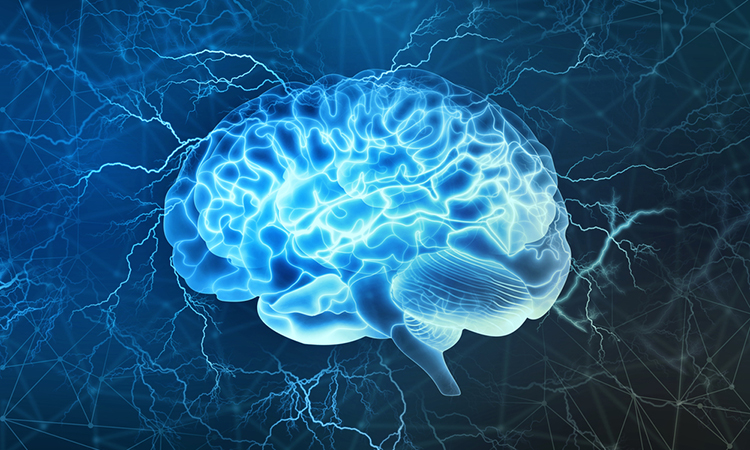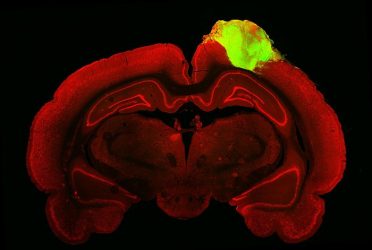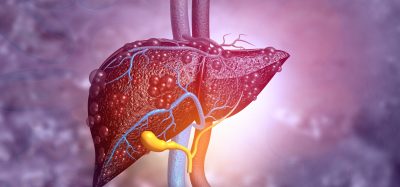Transplanted brain organoids show response to visual stimuli in adult rats
Posted: 28 February 2023 | Ria Kakkad (Drug Target Review) | No comments yet
Researchers say that by looking at individual neurons, they were able to gain a deeper understanding of the integration of transplanted brain organoids.


In a study published in Cell Stem Cell, researchers have shown that brain organoids can integrate with rat brains and respond to visual stimulation like flashing lights.
Decades of research has shown that scientists can transplant individual human and rodent neurons into rodent brains, and, more recently, it has been demonstrated that human brain organoids can integrate with developing rodent brains. However, whether these organoid grafts can functionally integrate with the visual system of injured adult brains has yet to be explored.
“We focused on not just transplanting individual cells, but actually transplanting tissue,” said senior author Assistant Professor H. Isaac Chen. “Brain organoids have architecture; they have structure that resembles the brain. We were able to look at individual neurons within this structure to gain a deeper understanding of the integration of transplanted organoids.”
The researchers cultivated human stem cell-derived neurons in the lab for around 80 days before grafting them into the brains of adult rats that had sustained injuries to their visual cortex. Within three months, the grafted organoids had integrated with their host’s brain: becoming vascularised, growing in size and number, sending out neuronal projections, and forming synapses with the host’s neurons.
The team made use of fluorescent-tagged viruses that hop along synapses, from neuron to neuron, to detect and trace physical connections between the organoid and brain cells of the host rat. “By injecting one of these viral tracers into the eye of the animal, we were able to trace the neuronal connections downstream from the retina,” said Chen. “The tracer got all the way to the organoid.”
Next, the researchers used electrode probes to measure the activity of individual neurons within the organoid when the animals were exposed to flashing lights and alternating white and black bars. “We saw that a good number of neurons within the organoid responded to specific orientations of light, which gives us evidence that these organoid neurons were able to not just integrate with the visual system, but they were able to adopt very specific functions of the visual cortex.”


This is a histological image of a rat brain with a grafted human brain organoid [Credit: Jgamadze et al].
The team was surprised by the degree to which the organoids were able to integrate within only three months. “We were not expecting to see this degree of functional integration so early,” said Chen. “There have been other studies looking at transplantation of individual cells that show that even nice or 10 months after you transplant human neurons into a rodent, they’re still not completely mature.”
“Neural tissues have the potential to rebuild areas of the injured brain,” Chen added. “We have not worked everything out, but this is a very solid first step. Now, we want to understand how organoids could be used in other areas of the cortex, not just the visual cortex, and we want to understand the rules that guide how organoid neurons integrate with the brain so that we can better control that process and make it happen faster.”
Related topics
Disease Research, Neurons, Neurosciences, Organoids
Related people
Assistant Professor H. Isaac Chen








